Soares dos Reis Museum
Founded in 1833, this museum is Portugal's first public museum. The museum features 19th and 20th Century art pieces ranging from paintings to sculptures to ceramics. The building itself, the Carrancas Palace, a work of art where courtyards lined with blue and white ceramic tiles contain perfectly manicured lawns and delicate flowering trees. The oldest art pieces date back to the 16th Century.
Casa do Infante, the Prince's House, is named after Prince Henry the Navigator, the leader of great expeditions of discovery in West Africa who was born in the house in 1394. The house dates back to 1325 and is one of Porto's most important landmark, especially during the Age of Discovery. Once a royal building, Casa do Infante is now a museum dedicated to the history of the Portuguese navigation and Porto's role during the discoveries along with Roman occupation during the 4th and 5th Centuries. The casa is nestled down an old alleyway nearby the Douro River.
The Museu Nacional da Imprensa is a place to discover Porto's press history alongside with hands on exhibits. The museum features dozens of press machines where guests themselves use manual techniques from pre-printing, printing and finishing. The exhibition gallery displays cultural, social or educational interests. Guided tours are available and guests also get to experience two rooms dedicated to the first Portuguese printer, Rodrigo Alvares, who printed two books in 1497.
The Stock Exchange palace is another historic landmark of Porto. Beautiful on the inside and out, this 19th Century Neoclassical style is open to the public via tours of the building. Built in 1834, the building was burnt down during the Liberal Wars. Inside explore a variety of finely decorated rooms, all with a certain theme including the Golden Room, Assembly Room and the Arab Room. Many people gaze at the awe-inspiring marble and granite staircase and the courtyard, Pátio das Nações.
Porto is the birthplace for Port wine. Located in an old 18th Century Warehouse building, this museum showcases the heart and soul of Porto's viniculture, which dates back to the 17th Century. Since that time Port is the main wine exported in Portugal. In the museum, discover the past and present knowledge of wine from it's history to its production. Guests discover historic bottles and labels, some as old as 200 years.
Centro Português de Fotografia - Photography Museum
Housed in a former 18th Century prison, the photography museum features a variety of portraits and images. Each floor of the museum homed different classes, women on the second floor and higher ranks on the top floor. Today, the old cells have been refurbished as rooms where photographs are displayed.
Porto Tram Museum
Taking a ride on the historic tram is on the top of every traveler's list. Discover more about the history of the tram and Porto's transportation. Located in a former thermoelectric power station nearby the Douro, the collection features 16 electric cars, 5 trailers and two maintenance vehicles.
This Lemon Tree article is now featured on GPSmyCity. To download this article for offline reading or travel directions to the attractions highlighted in this article, go to 7 Museums You Must Visit in Porto, Portugal.
Let's Connect!
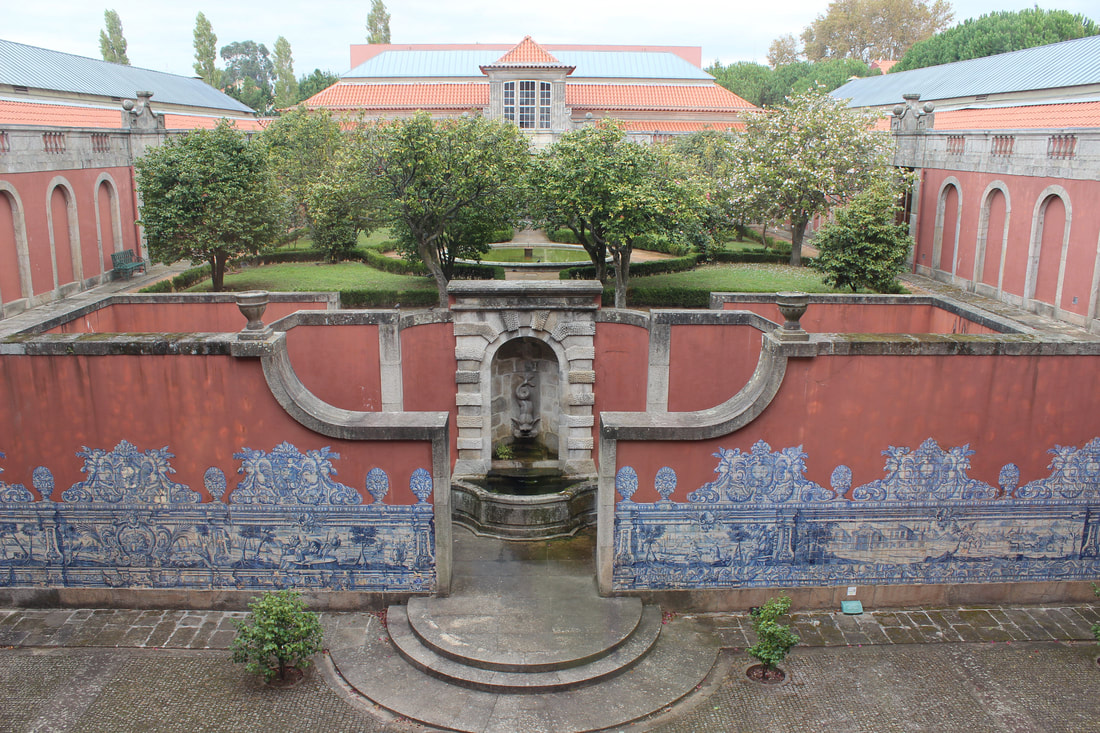
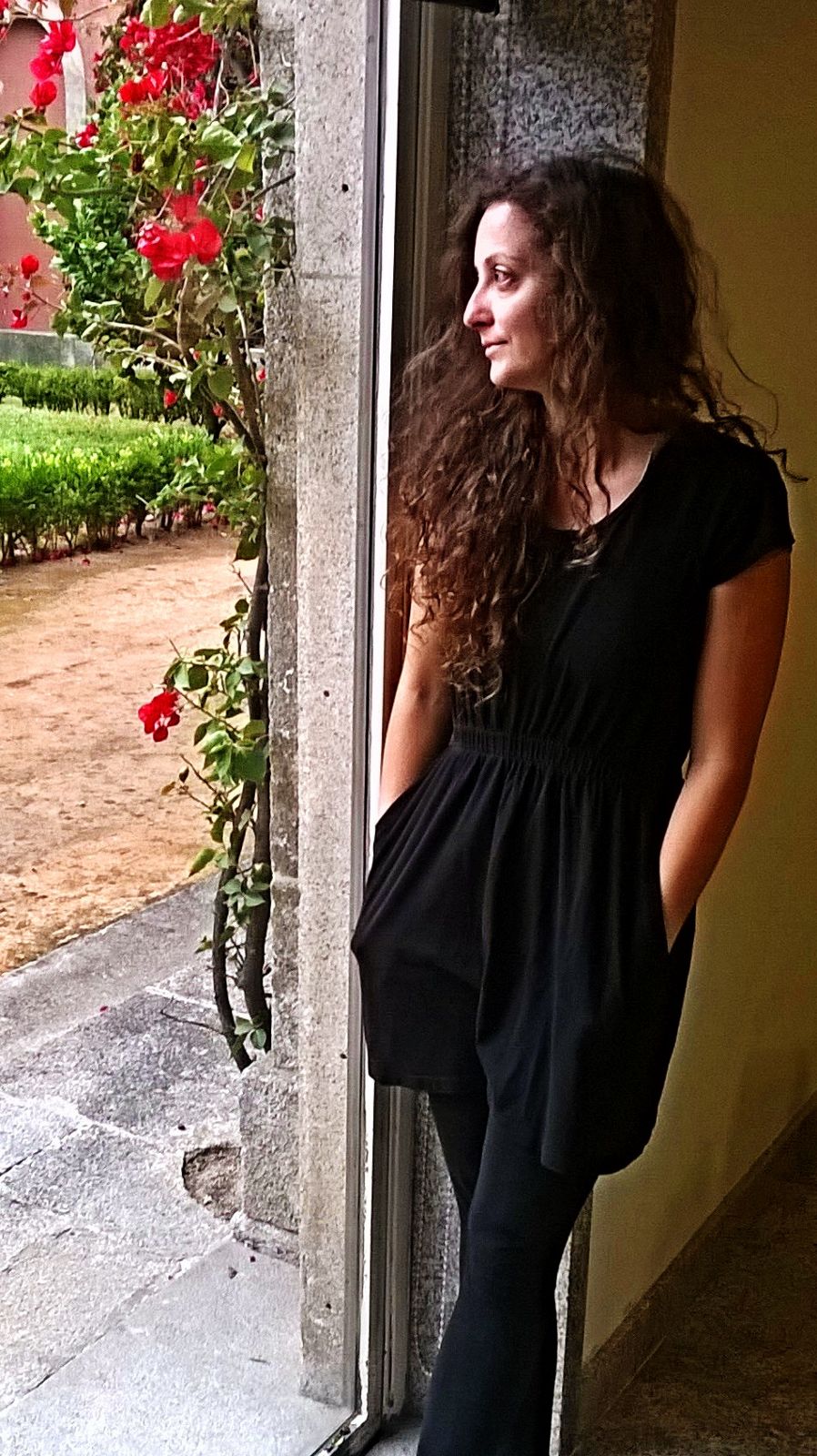
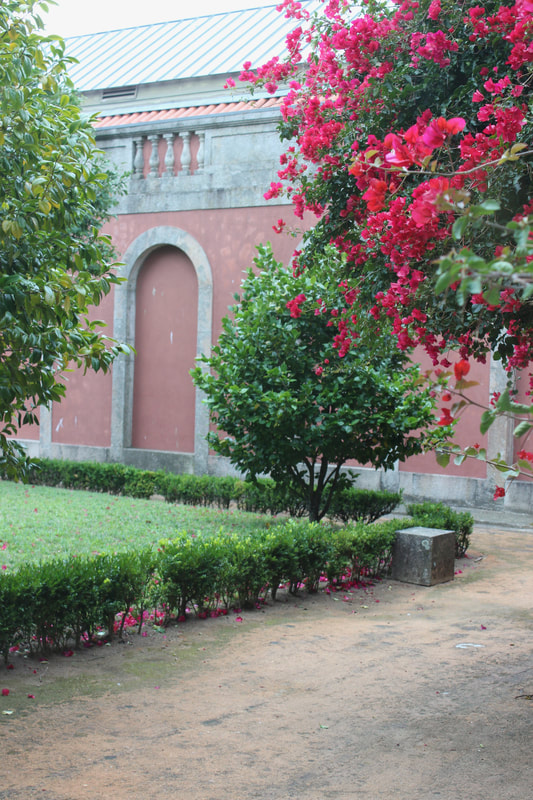
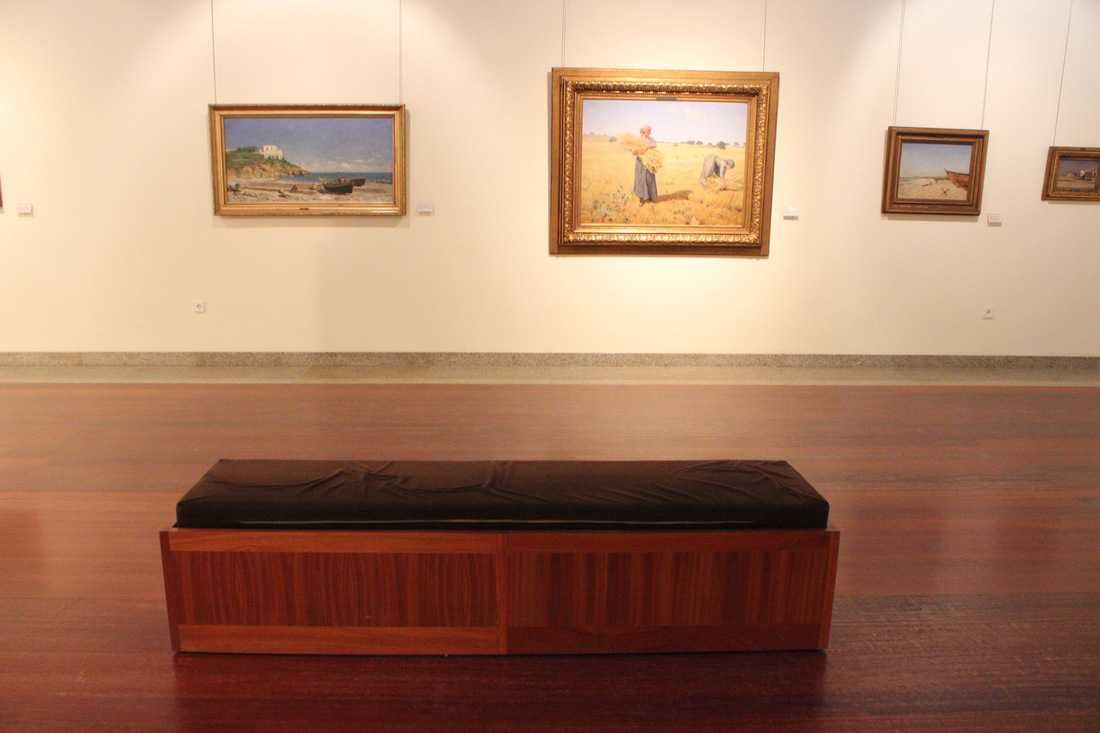
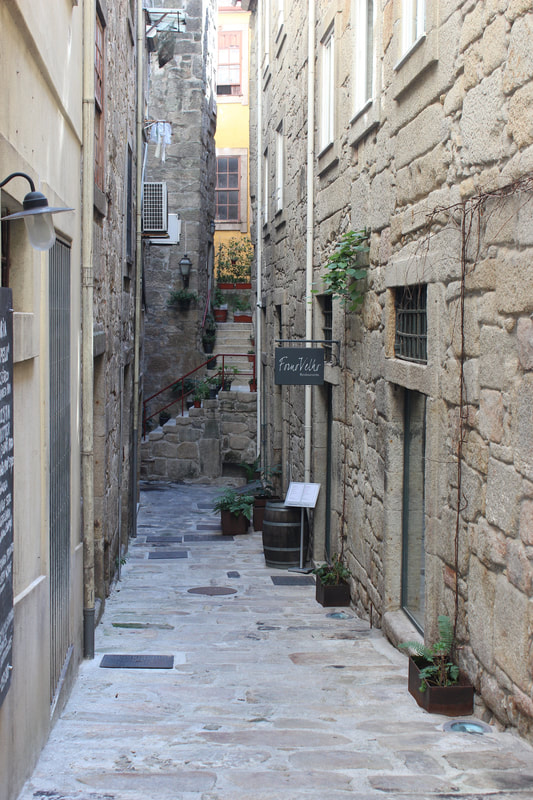
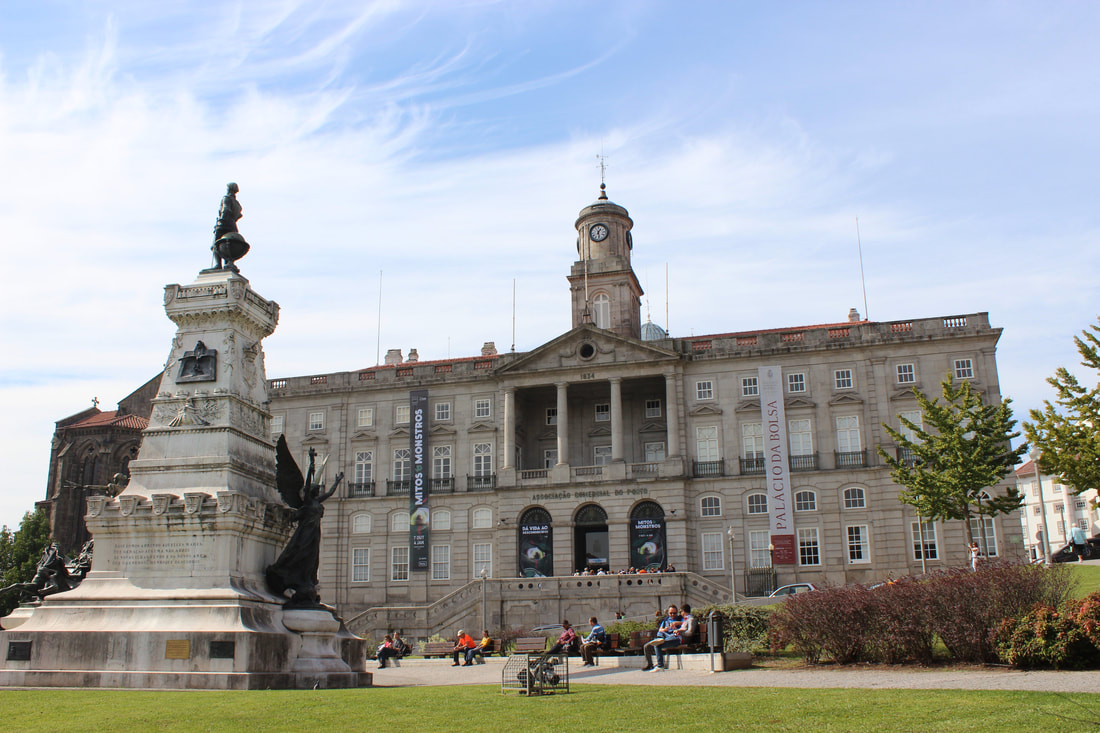
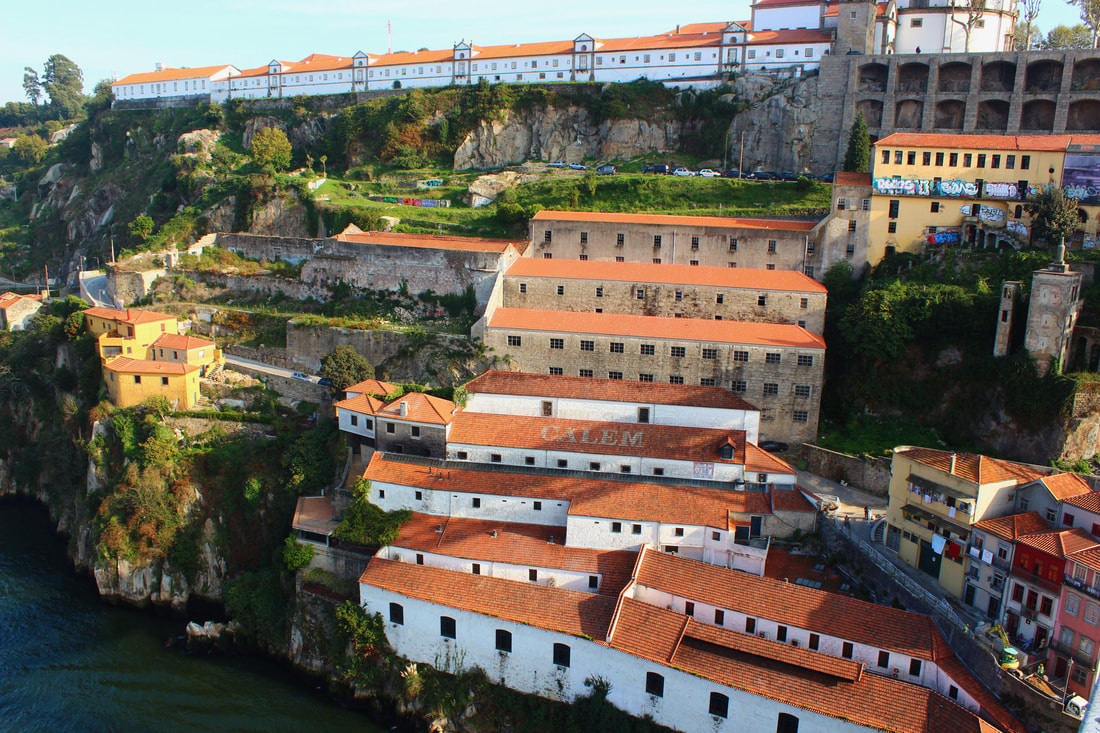
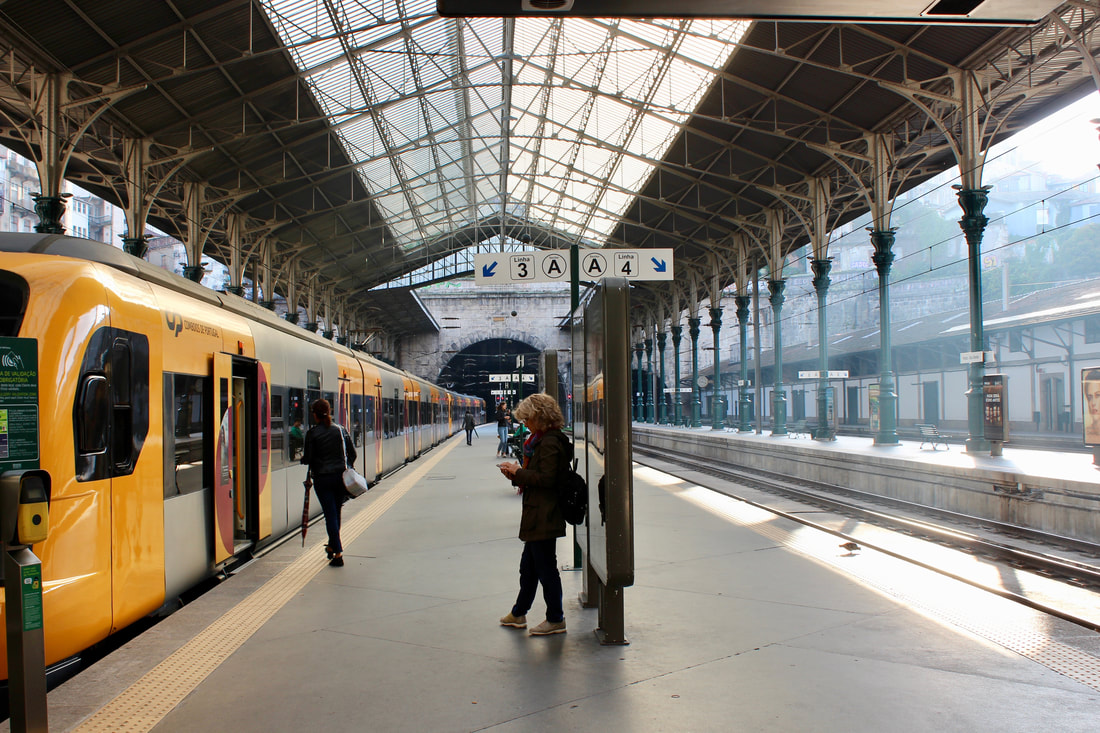
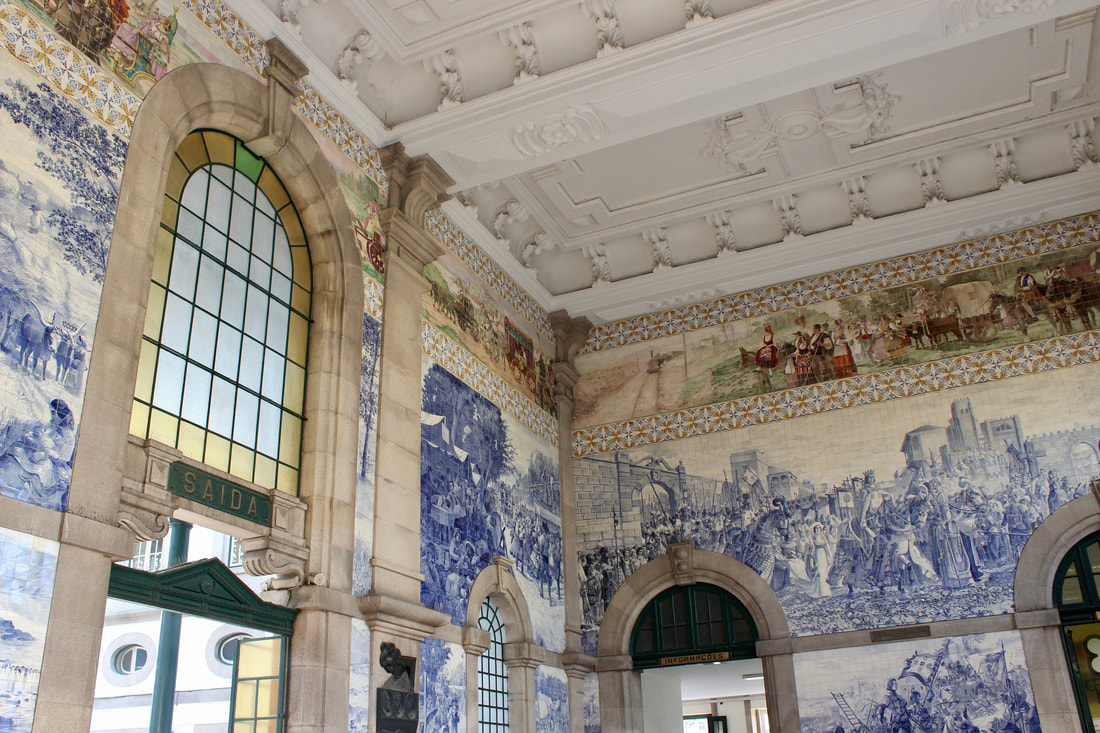
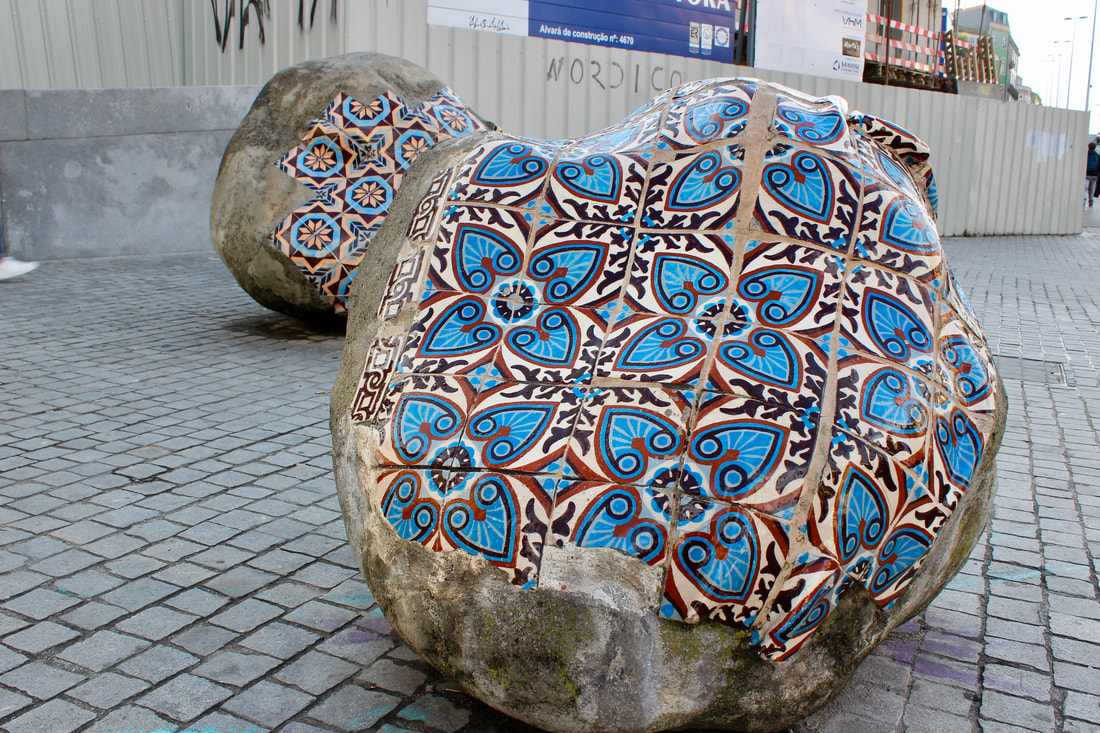
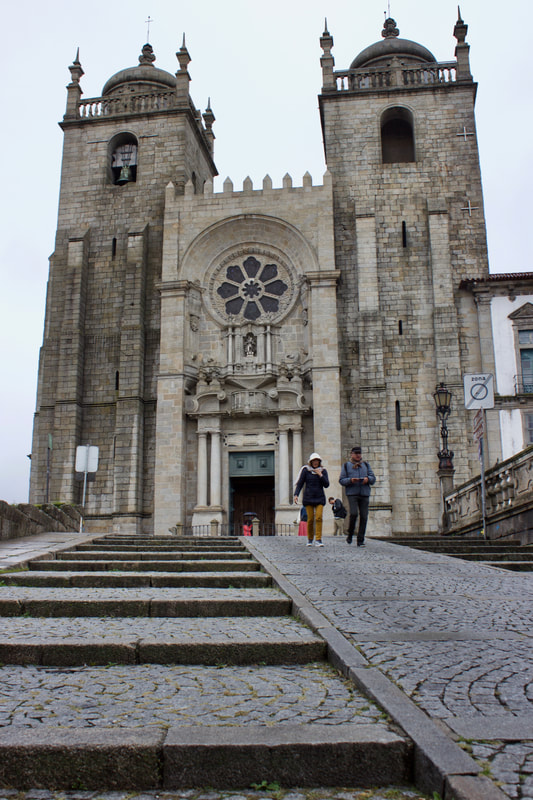
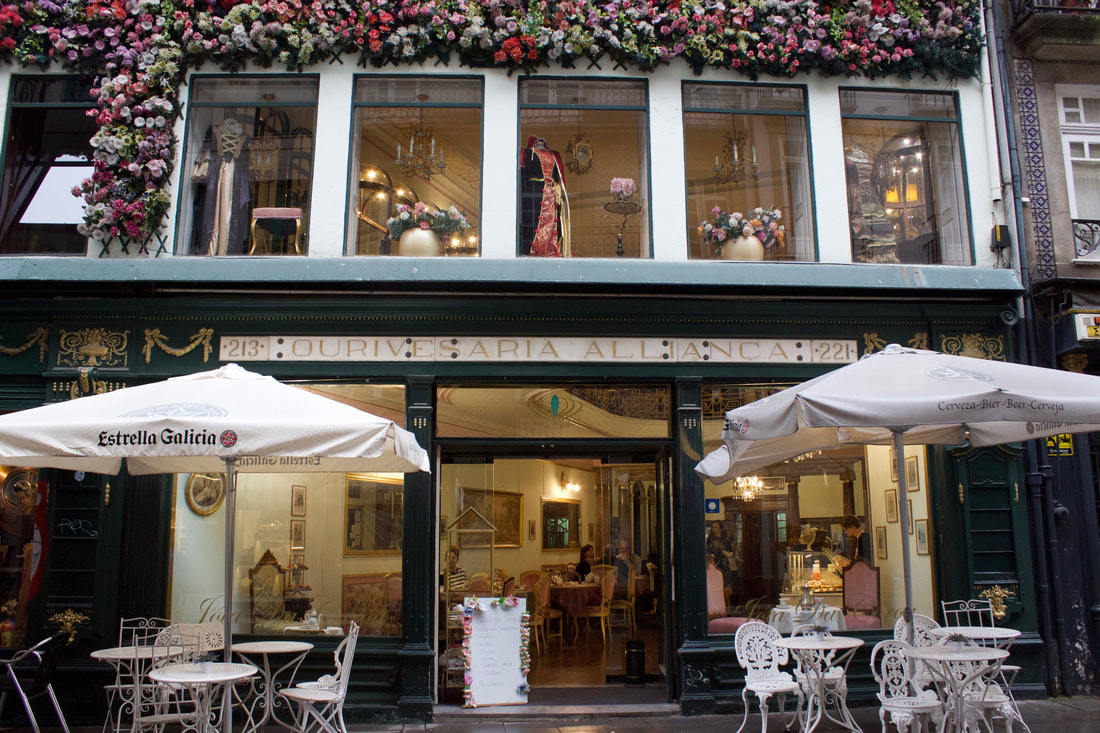
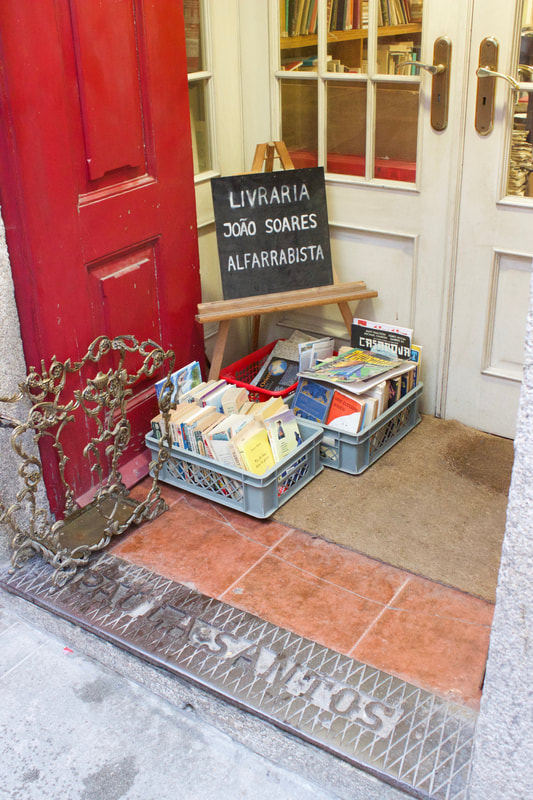
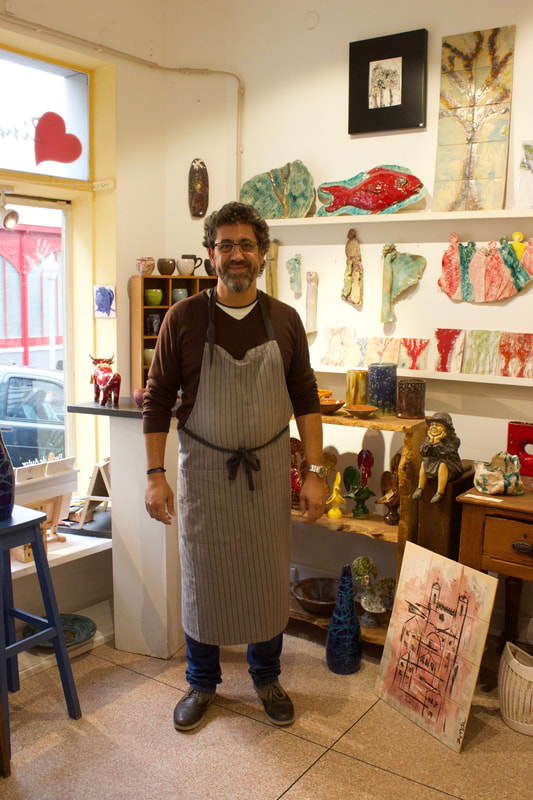
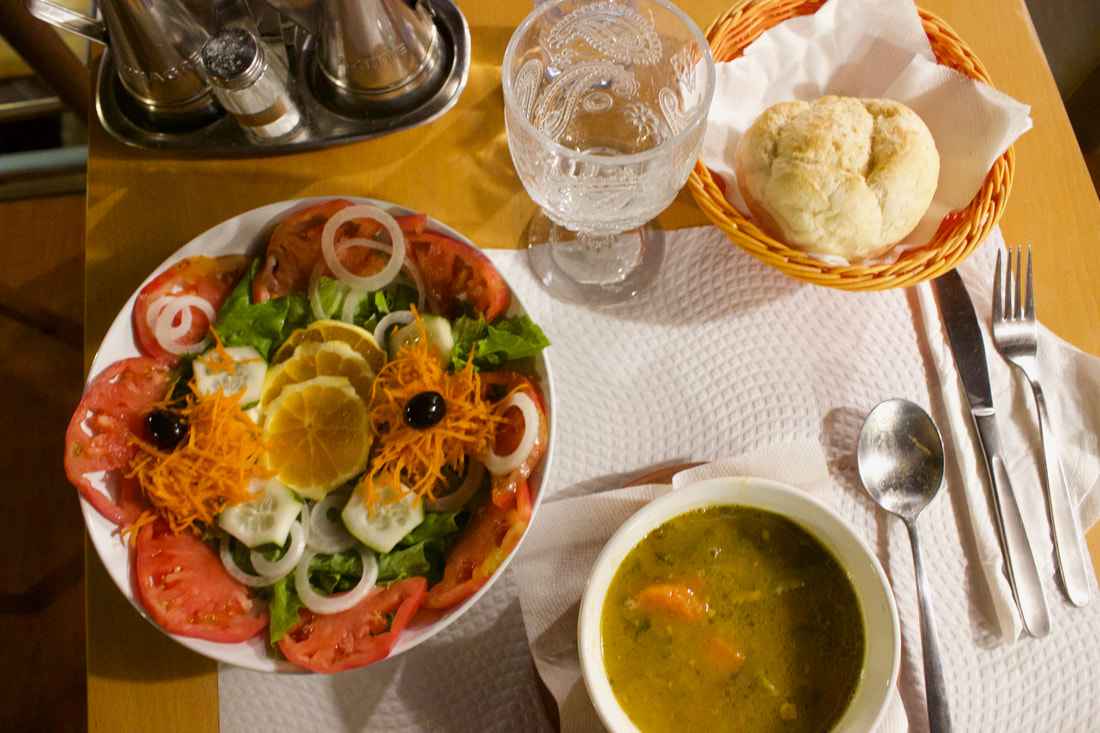
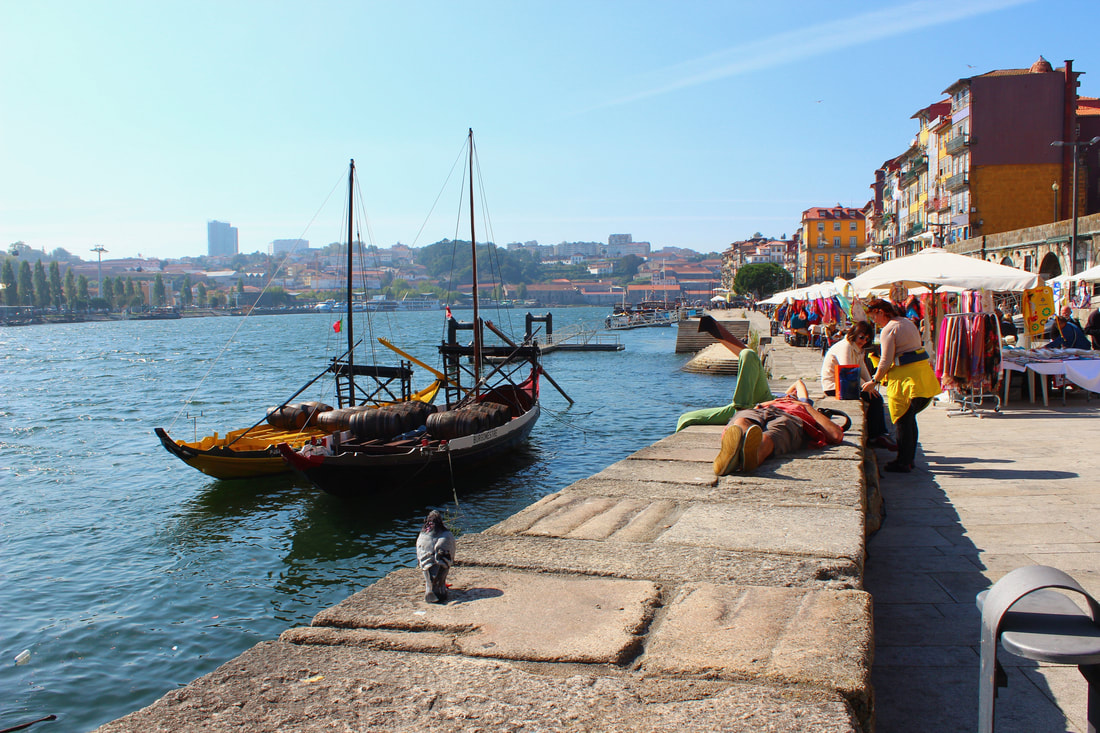
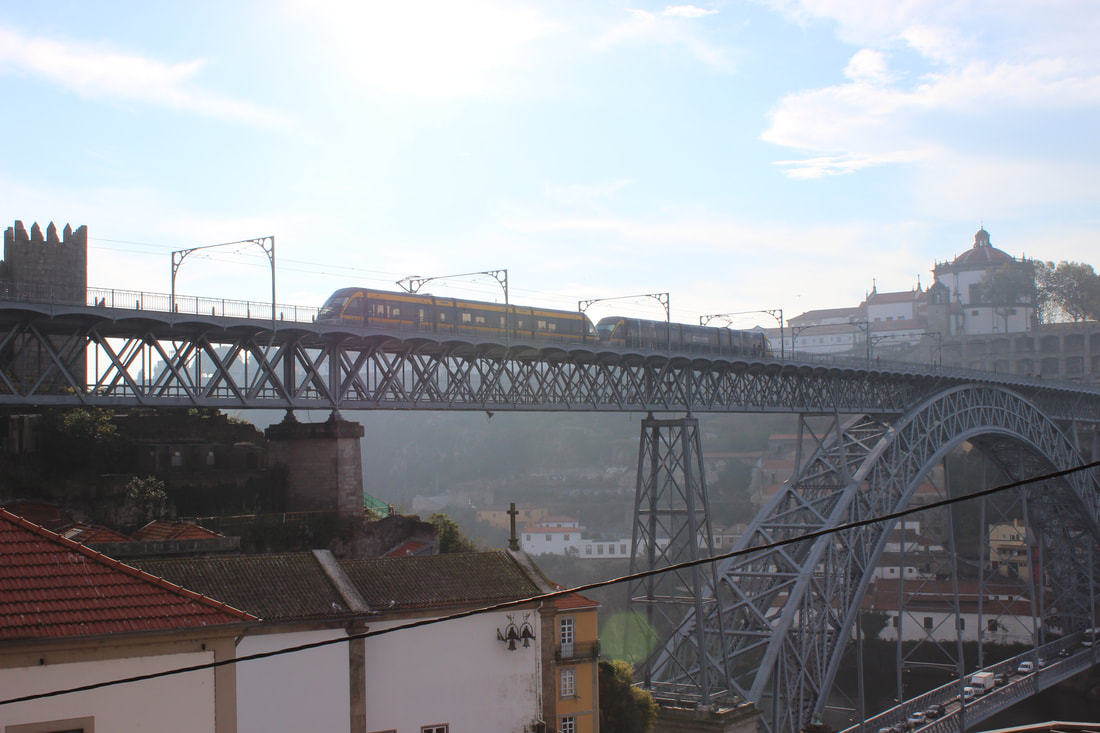
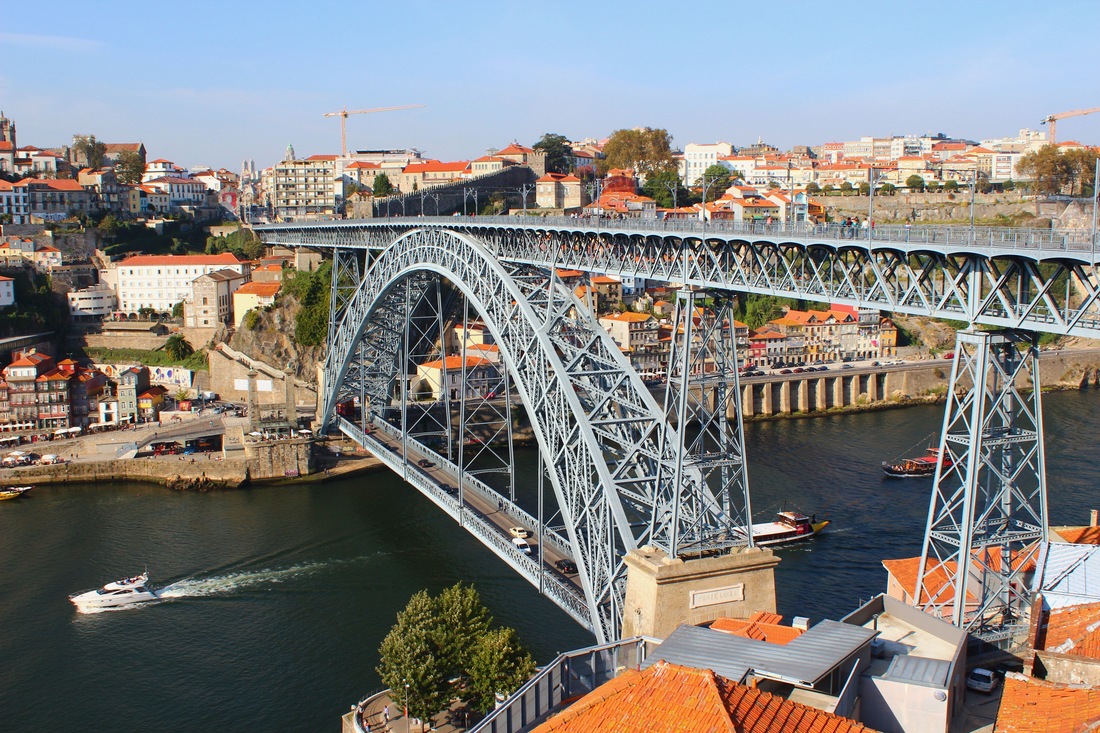
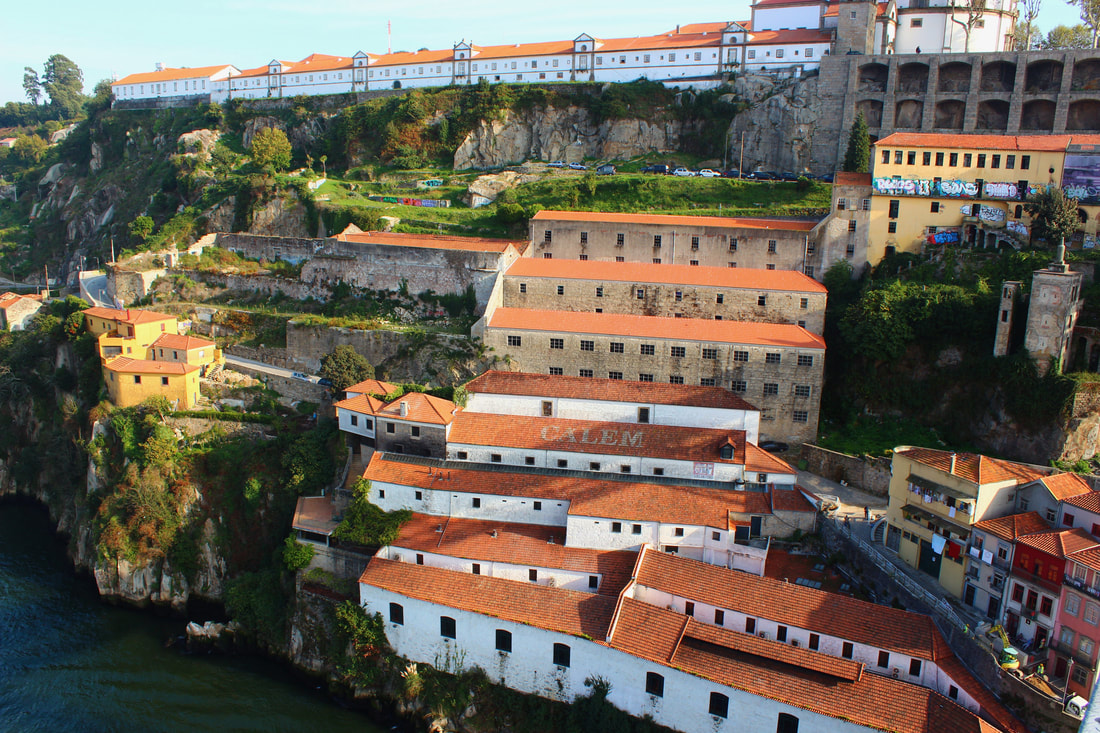
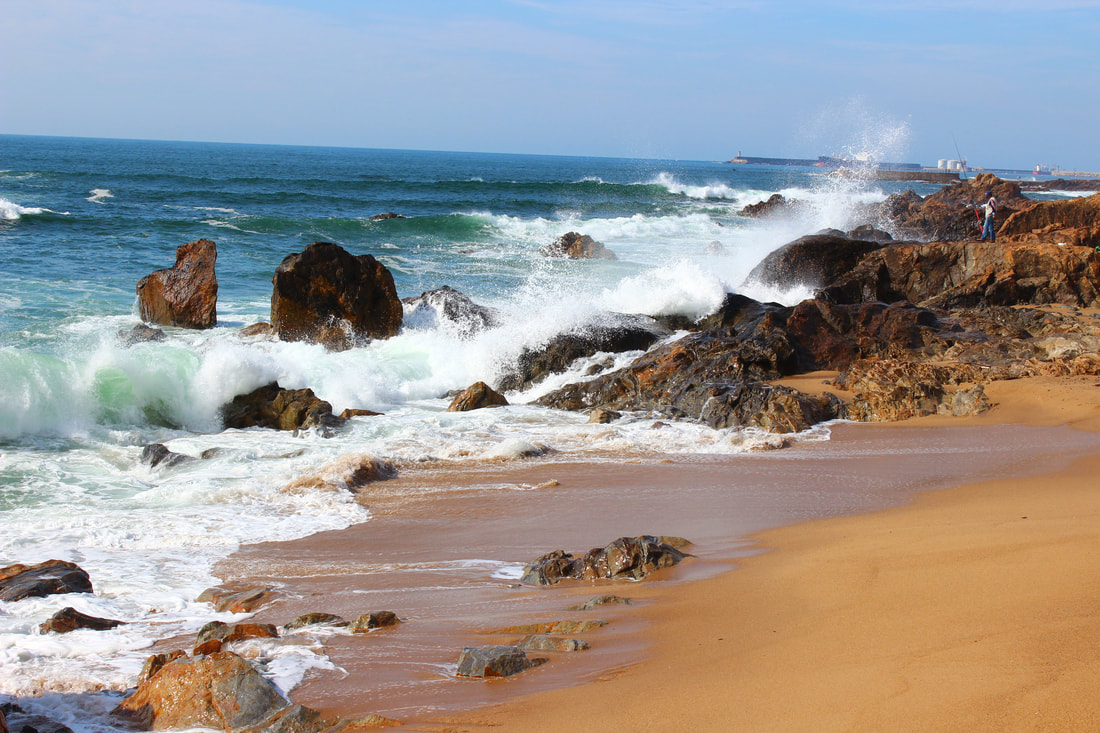
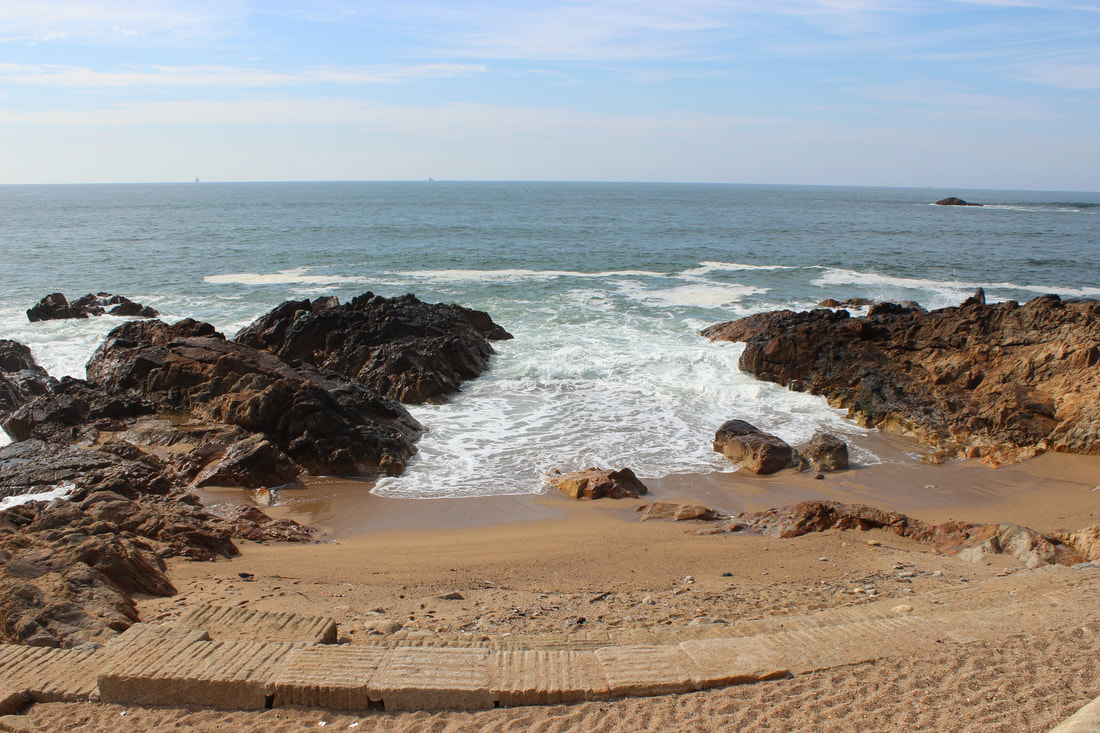
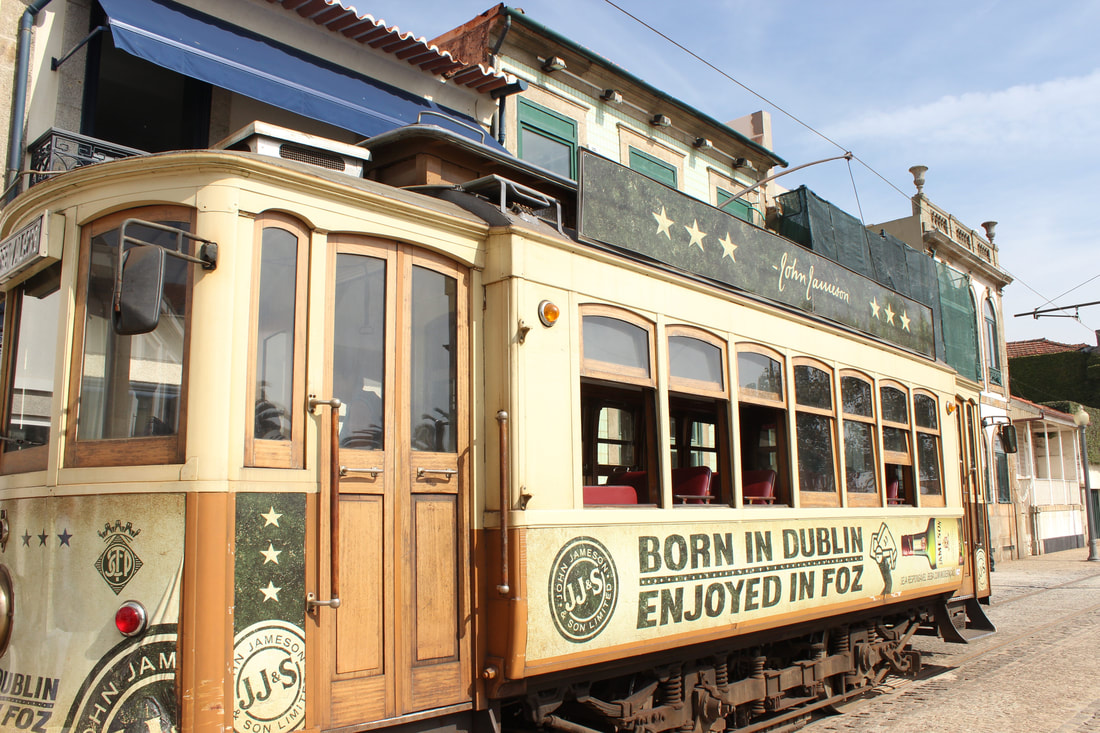
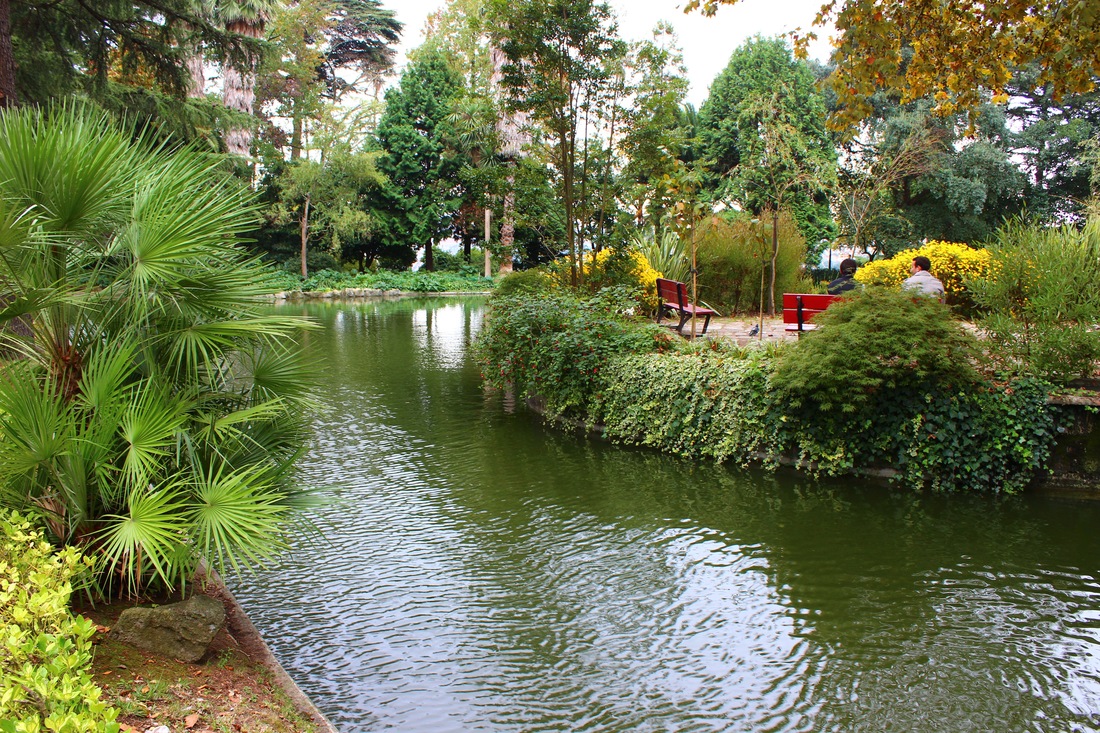
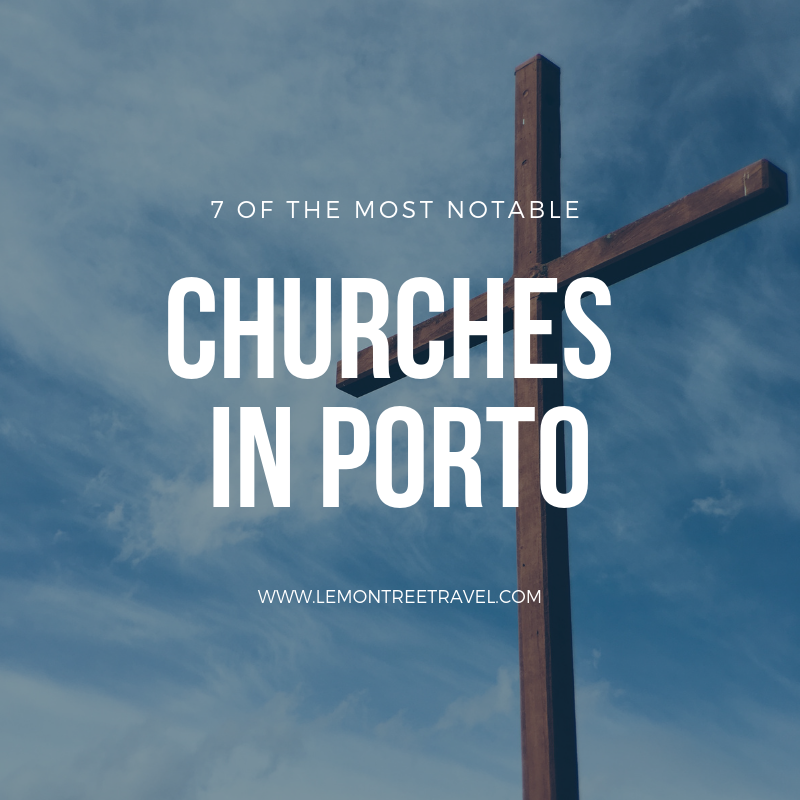
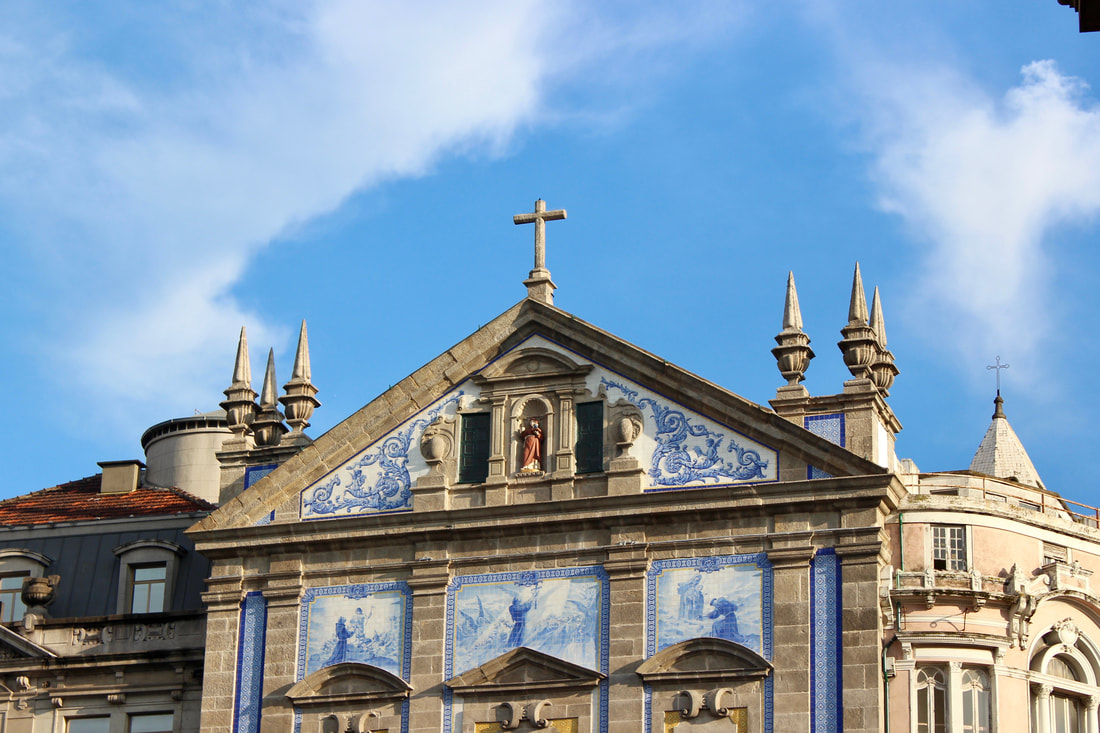
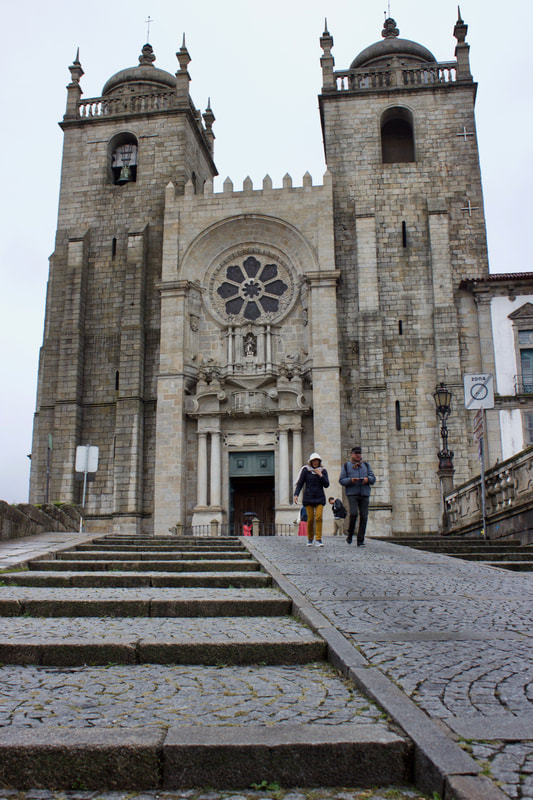
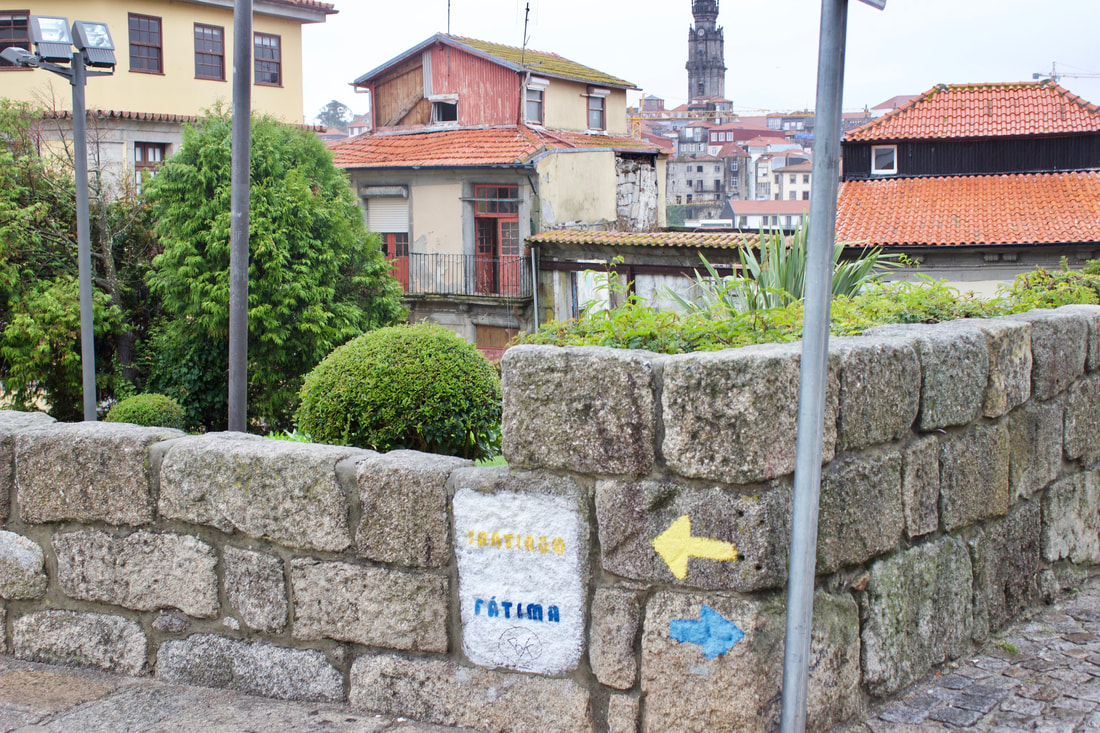
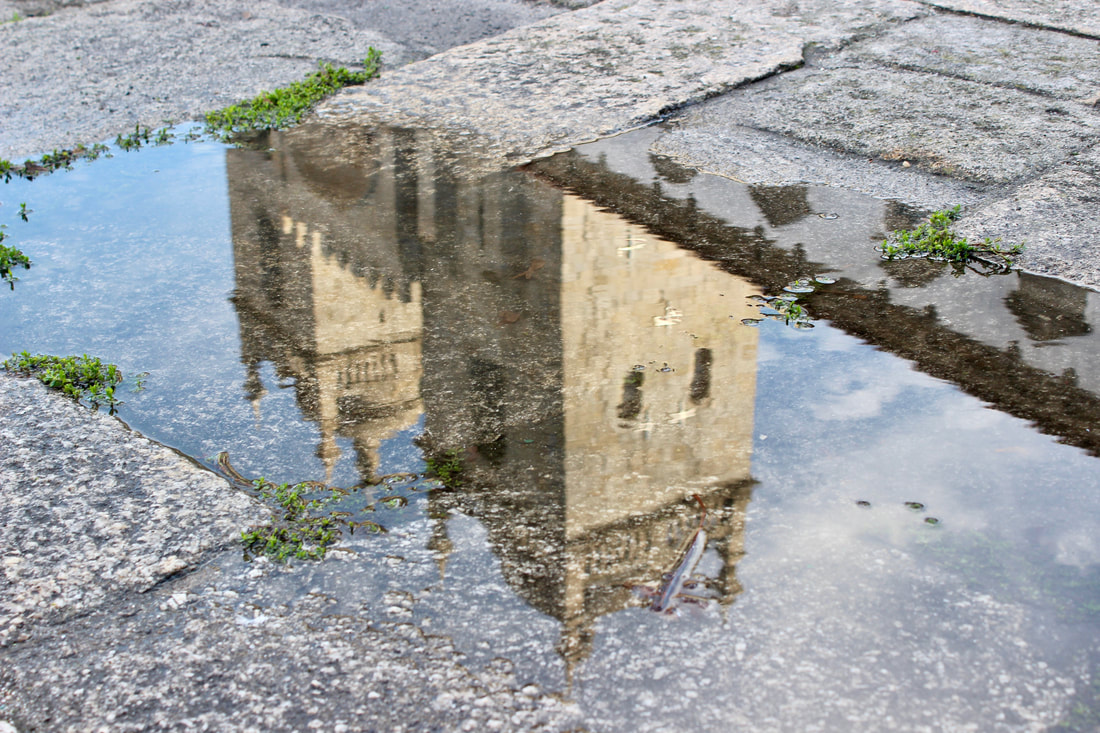
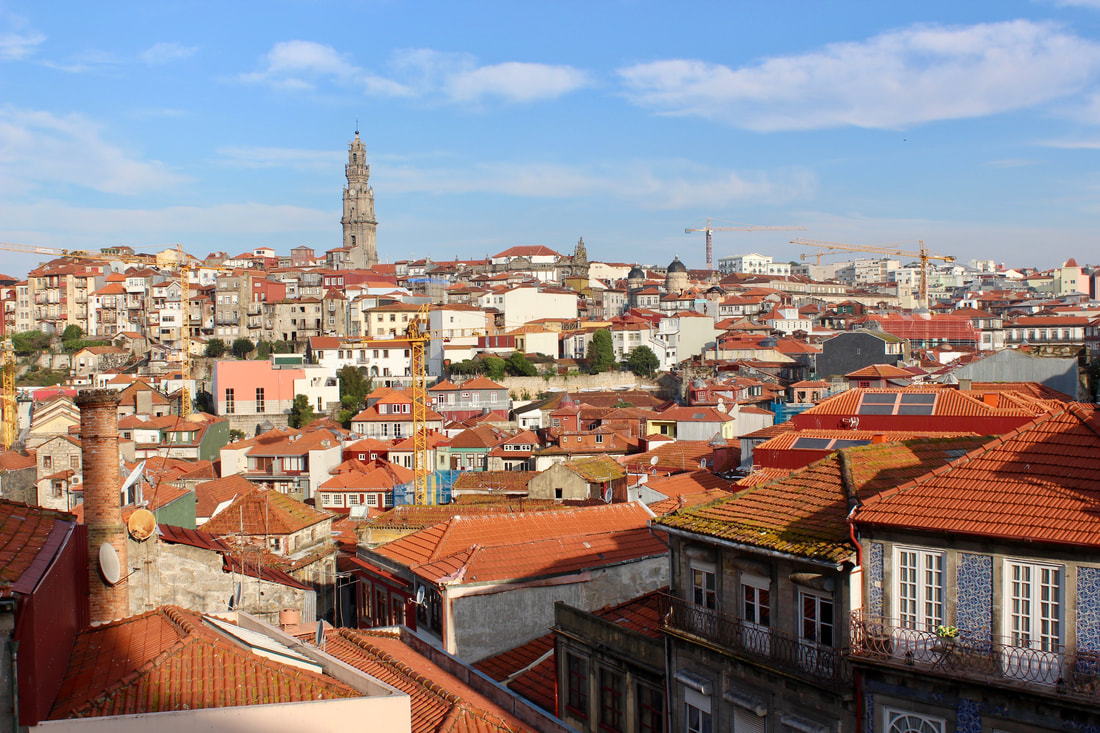

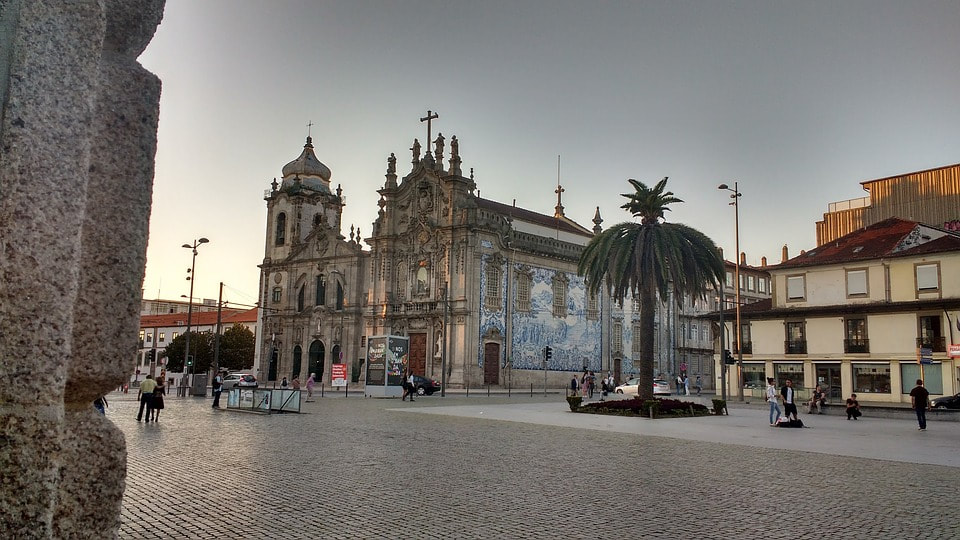
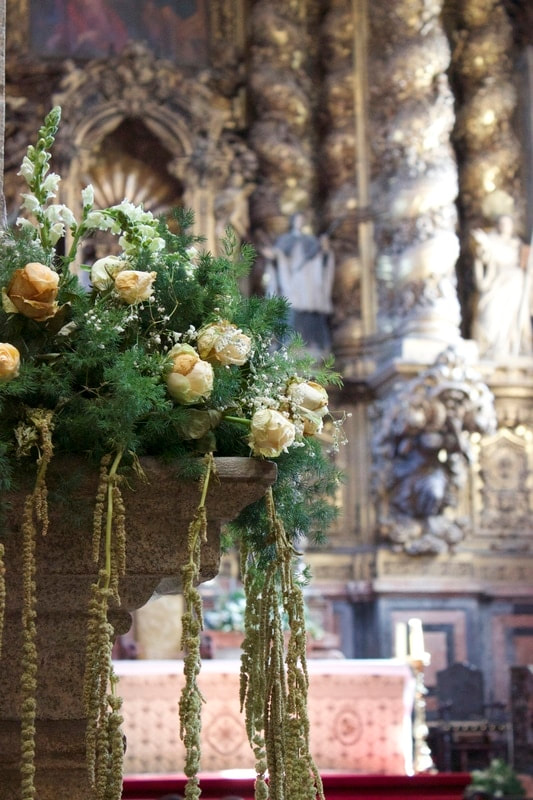


 RSS Feed
RSS Feed